Aurora Mardiganian and Ravished Armenia
In 1918, one young woman’s account of the Armenian Genocide astonished the American people and set off a $30 million relief campaign. What can we learn from the double tragedy of Aurora Mardigian’s story?
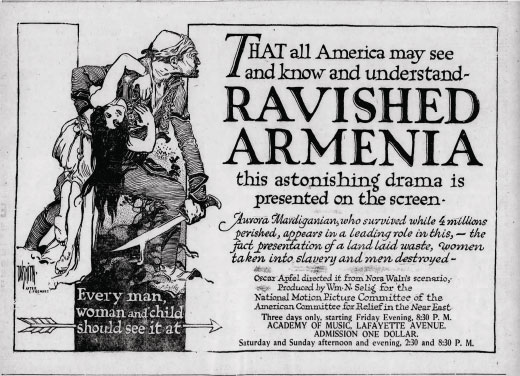
Advertisement from the Brooklyn Eagle newspaper, courtesy of the Brooklyn Public Library
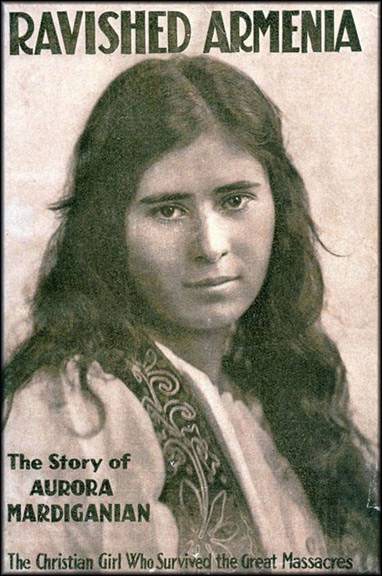
A Devastating Journey
Arshaluys (Aurora) Mardiganian was born in Ottoman Turkey in 1901. The daughter of a successful financier, Aurora and her six siblings led a comfortable life in the town of Çemişgezek in east-central Anatolia. That life changed abruptly when Aurora was 14. Her father and oldest brother were imprisoned, and the rest of the family was deported.
For the next three years, Aurora endured unspeakable tragedies. She was sold as a slave more than once. Aurora witnessed the torture and murder of young women, and the death of her own family members.
Aurora ultimately escaped to Russian territory, where she found refuge with a missionary doctor. Aurora then traveled to Tiflis, the capital of the Russian Caucasus. There she met with representatives from the American Committee for Armenian and Syrian Relief (ACASR, later Near East Relief). ACASR helped to send Aurora to the United States.
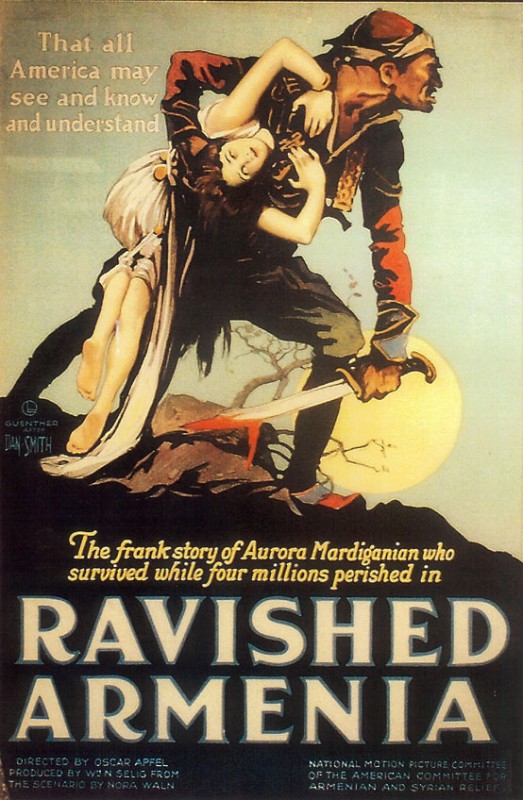
An International Sensation
Once in America, Aurora shared her story with several newspapers. Screenwriter Harvey Gates interpreted Aurora’s story for publication as a book. Ravished Armenia: The Story of Aurora Mardiganian, The Christian Girl Who Survived the Great Massacres was published in 1918. It was one of the first books about the Armenian Genocide.
Gates was determined to turn Ravished Armenia into a full-length silent film. He and his wife became Aurora’s legal guardians. Hollywood director William N. Selig acquired the film rights and arranged for a portion of the profits to benefit ACASR. Before long, Aurora found herself reliving the most horrific events of her life on a film set in California. Aurora suffered physical injury and psychological trauma during filming.
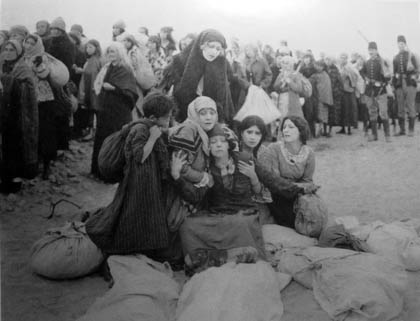
Film still from Ravished Armenia. Aurora is second from the right.
Ravished Armenia (also known as Auction of Souls) made its New York City premiere at the Plaza Hotel in February 1919. Theatergoers paid an astonishing $10 per ticket. The new medium of film spread Aurora’s story more effectively than books or newspapers had.
Aurora became the face of the Armenian Genocide in America. Aurora was paraded around the country and lauded as “the Armenian Joan of Arc.” Americans were deeply moved by the story of the young Christian heroine. Ravished Armenia was instrumental in ACASR’s successful campaign to raise $30 million.

The Pain of Survival
Aurora found no relief in her newfound fame. She plunged into a deep depression and threatened suicide. When she refused to make public appearances to promote the film, Gates sent Aurora to a convent school and hired look-alikes for public appearances. Today we would recognize her symptoms as post-traumatic stress disorder.
Aurora became more and more withdrawn. She settled in Los Angeles and turned down additional film offers. Aurora successfully sued Gates for $7,000 that he owed her. Aurora eventually married and had a son, but she lived in fear that the Turkish soldiers would find her in America. When Aurora was interviewed many years after Ravished Armenia was released, she stated that the film did not come close to capturing the true horror of the events she witnessed.
There are no remaining copies of the full 90-minute film. Aurora Mardiganian died alone at age 93.
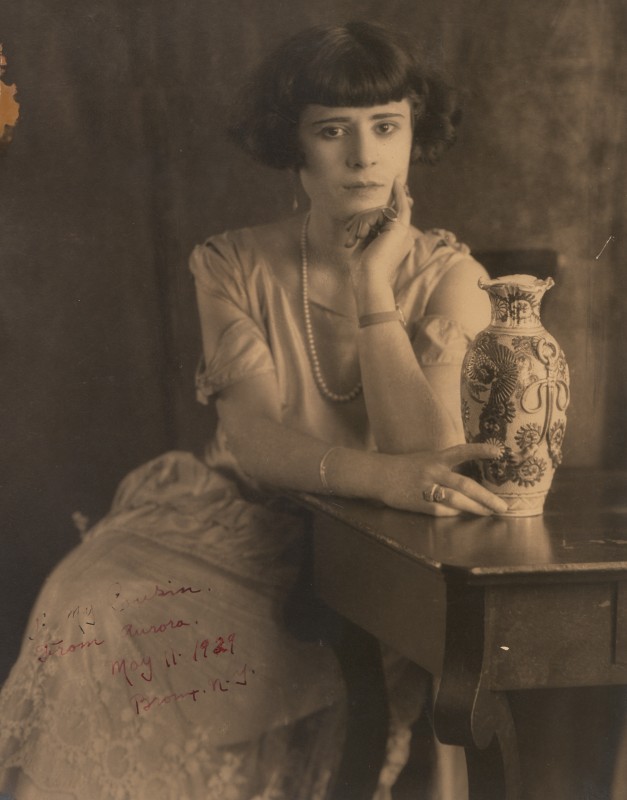
Learning from Aurora
Aurora Mardiganian’s life story reminds us that history happens to real people. When Aurora came to the United States in 1918, American international philanthropy was in its infancy. The diagnosis of post-traumatic stress disorder did not exist. The concept of survivor’s guilt was decades away. Aurora’s story is as much about exploitation as it is about survival – exploitation at the hands of the enemy, and then at the hands of her would-be guardians.
Museums exist not only to memorialize history, but also to explore it. With this digital museum we examine our institutional and national histories, as well as Near East Relief’s role in the development of international philanthropy. Sometimes we must ask ourselves difficult questions in our search for an authentic narrative.
How should we remember Aurora and Ravished Armenia? Many people argue that the film should be remembered for it’s incredible fundraising power. After all, it helped to raise more than $30 million for the relief effort. Others argue that Aurora Mardiganian was an unwillingly sacrifice for an abstract greater good, and that the cost to her wellbeing was too great. Which argument is right?
Perhaps both are right. Cultural memory changes with the passage of time, giving rise to new ideas about ethics and priorities. Maybe there is no “right way” to remember – but by asking these questions, we take our first tentative steps toward informed remembrance.
Advertisement for Aurora's public appearance at Loew's Metropolitan Theater. Brooklyn Eagle, Brooklyn Public Library.
